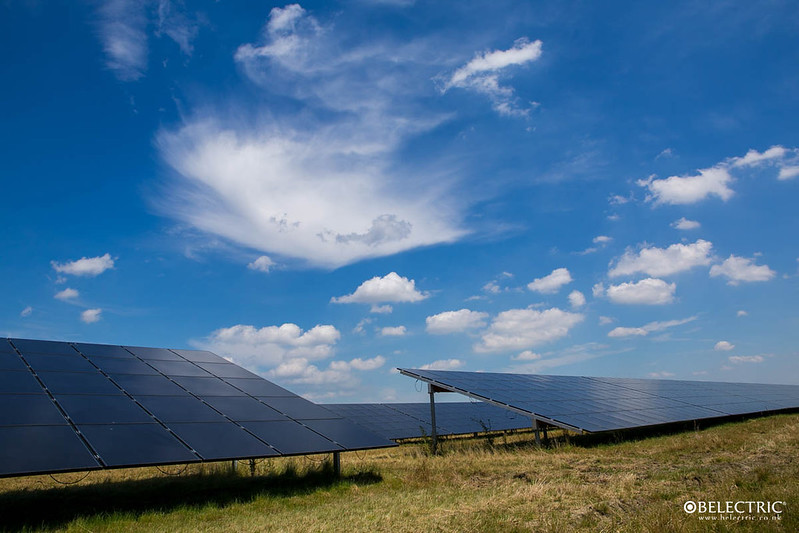No tuition fee concessions, no temp jobs in pubs or restaurants, no graduate vacancies, no gap year travel, no fun.
Gen Z has surfed the virus but lost its shirt. And constant sightings of David Attenborough deliver reminders that it’s not just financial debt that’s piling up.
Meanwhile, many of the parents and grandparents have been paid to do nothing but walk the dog for months. Many have also been mentally and quantitatively eased by rising values of their property and savings, marvelling at this miracle of crisis management.
A decade of widening intergenerational inequality has gone into overdrive. 2021 will surely see a reaction.
Frustrated young climate activists could start by looking at plans for decarbonisation of the UK electricity system published last week. The Climate Change Committee’s 6th Carbon Budget recommends that capacity of large scale solar farms should keep pace with the expansion of offshore wind, trebling over the coming decade.

Noting the advantages of “shovel-ready” technology, the Government’s Energy White Paper promises to kickstart this expansion in late 2021, “subject to sufficient projects coming through the planning pipeline.”
This caveat is the crux of solar progress. Sufficient projects are certainly entering the planning pipeline. With the financial equation for solar investors at last signalling green, the period since April 2020 has seen an average of 20 new planning applications for solar farms each month. What’s to prevent these applications obtaining permission from local planning authorities, so many of which have declared climate emergencies with ambitious goals?
The answer lies in the affluent southern shires, favoured by these applications for optimum solar radiation, but also favoured by Baby Boomers and Gen X for similar reasons, if for rather different purposes. For them, the solar farm is an unwelcome neighbour.
Despite the safety net of planning regulations that restrict solar farms to the most carefully screened sites, objections usually dominate the responses. Most of these can be rewritten in the single sentence: “I support renewable energy but not here.”
The solar farm therefore presents itself as a weapon of choice for a bout of intergenerational reckoning. Particularly relevant is the standard condition of planning approval to clear the site after 30-40 years. In essence, the debate pitches temporary visual intrusion for the nimbys against long term stability of climate and biodiversity for their children. No contest!
The tactics of youth protest might nonetheless pursue reconciliation rather than revenge. For all the excess of their personal carbon footprints, the Baby Boomers are concerned about climate change. And they care even more about the prospect of better lives for their children and grandchildren.
What they misunderstand is that securing a safe and stable climate has become the legacy that counts far more than tedious avoidance of inheritance tax. A sharp campaign could disrupt kneejerk nimby attitudes, ratcheting up the government’s proposals for solar, and levelling up the generations.
******